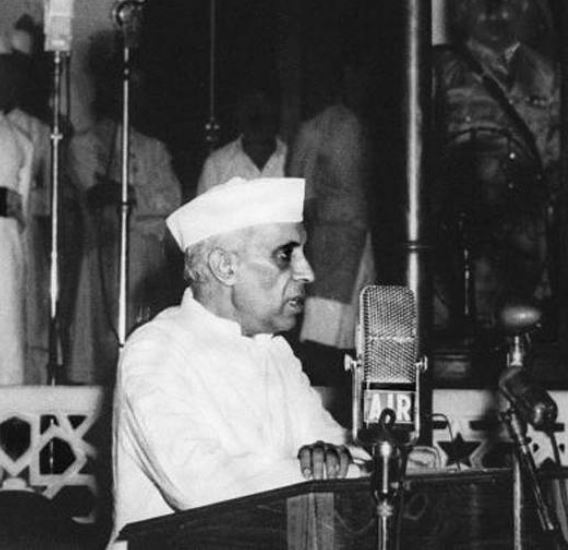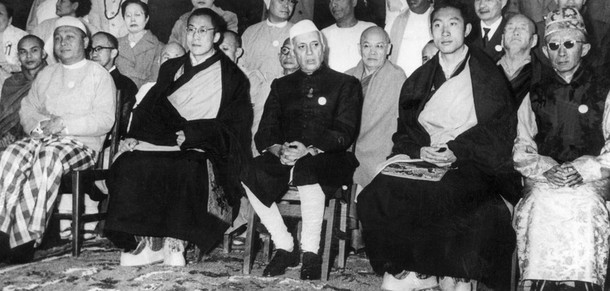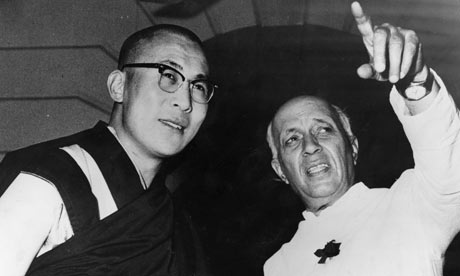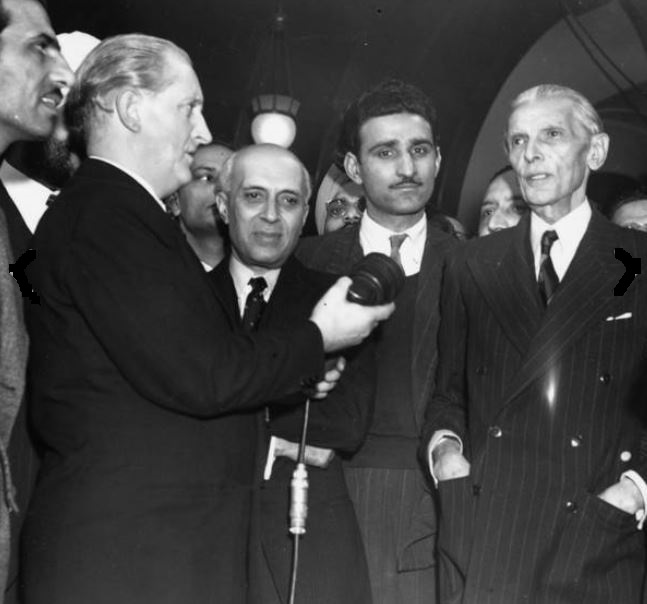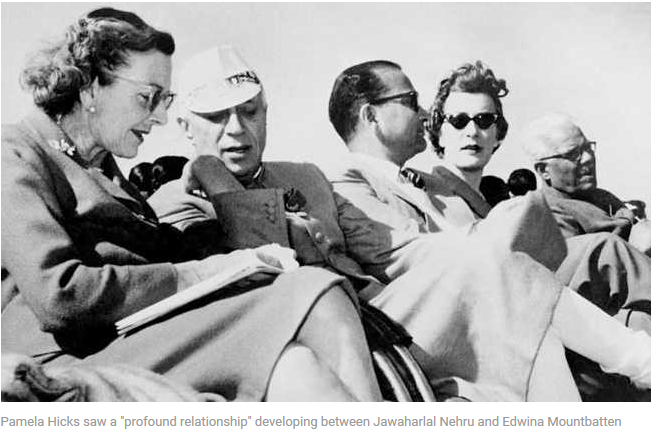Pt Jawaharlal Nehru
This page is under construction
Contents |
China
Nehru did not trust the Chinese
Diplomat G Parthasarathi’s notes claim that Indira Gandhi and Deng Xiaoping reached a pact that was ‘sabotaged’
Contrary to the prevalent perception, India’s first Prime Minister Jawaharlal Nehru was neither soft on China nor trusting of the Chinese. In fact, long before the Sino-Indian war of 1962, Nehru dealt with China only through trusted aides who were sworn to secrecy and bound to communicating with him alone. Nehru was particular that his Defence Minister V K Krishna Menon should not get so much as a whiff of what was going on (vis-à-vis the Chinese), and explicitly said so to his aides.
This is revealed in a new book on G Parthasarathi, the multifaceted diplomat and policy advisor to Prime Minister Indira Gandhi, who had also served under Jawaharlal Nehru and Rajiv Gandhi. Nehru sent GP, as he was known, as India’s ambassador to China in 1958.
Securing border with China
Nehru was torn between loving Chinese civilisation & securing Indian border
Tansen Sen
Jawaharlal Nehru's first noteworthy encounter with the Chinese took place at the World Congress of Oppressed Peoples held in Brussels in 1927. The Chinese representatives, which included Sun Yat-sen's wife Soong Ching-ling, greatly impressed Nehru. Influenced by a new pan-Asianist discourse he started forming his views about a civilisational affinity between India and China.
He frequently voiced his sympathies for the Chinese fighting against invading Japanese forces and initiated a medical mission to China that included Dwarkanath Kotnis. He was a key patron of Cheena Bhavan in Shantiniketan and also saw great potential in developing trade and industrial relations; strongly advocating, for example, commerce through the newly built Burma Road.
The watershed moment in Nehru's relationship with China came at the Asian Relations Conference in Delhi in March-April 1947, where differences between India and China on Tibet became apparent when the organising committee invited Tibet as an independent country. China launched a strong protest with the interim Indian government. Chiang Kai-shek only agreed to send a delegation after Nehru assured the Chinese that the conference would deal primarily with cultural and economic matters, and that Tibet's status would not be raised.
Nehru's assurances were questioned, however, when the Chinese delegation found a map of Asia depicting Tibet as a separate country and the Tibetan flag displayed at the Conference. The Chinese threatened to withdraw and never trusted Nehru again.
In November-December 1949, the former Kuomintang ambassador in Delhi Lo Chia-lun sug gested to Chiang Kai-shek that the Indian PM might recognise the newly-established Communist regime in China in exchange for their acceptance of the 1914 Simla Agreement. However, the Communist regime was distrustful of Nehru, describing him as a “stooge“ and “running dog“ of British and American imperialists.
During the 1950s Nehru was torn between his love for Chinese civilisation, his empathy towards the Tibetan people, and the need to secure Indian territories. Further, Nehru did not heed Sardar Patel's warning in 1950 about the implications of future Chinese military expansion into Tibet.
Perhaps through the rhetoric of a bhai-bhai relationship, the Panchsheel Agreement of 1954 recognising Tibet as a region of China, and the handholding of Zhou Enlai at the 1955 Bandung Conference, Nehru hoped to convince China of India's stand on border areas. He may even have thought that the dual track of rhetoric and the so-called “forward policy“ were conducive. Indeed, he remained committed to a peaceful relationship, unwaveringly supporting the PRC's entry into the United Nations.
In this context, his decision to intern Chinese migrants in India when the relationship between the two countries deteriorated in 1959 cannot be comprehend ed. The punitive actions against the “Chinese Indians“ suggest an acknowledgement of agonising failure.In 1943, in jail, Nehru wrote, “What is there that draws China to India and India to China?
Something in our subconscious racial selves? Some forgotten memories of a thousand years ago? Or just common misfor tune?“ Right after jotting these lines, he added, “wishful thinking“. These two words must have echoed repeatedly as Nehru tried to come to terms with geopolitical realities ex posed by the 1962 war.
Canards about Nehru
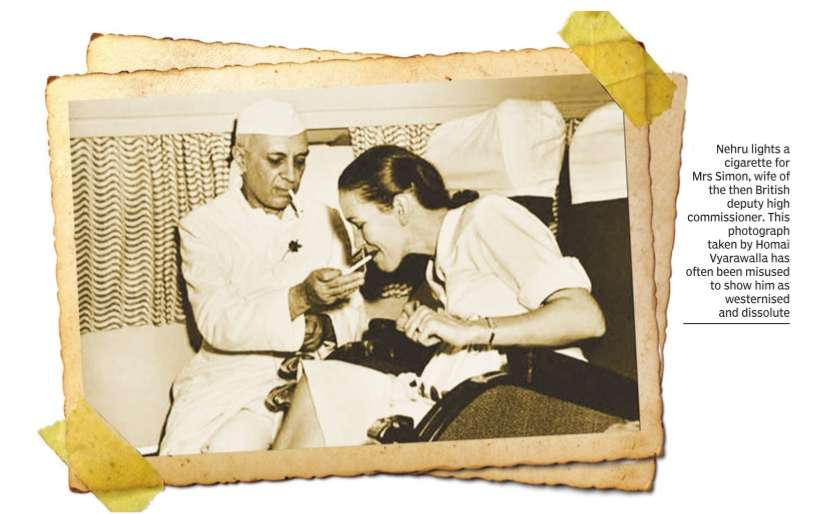

Canards about Nehru
Edwina Mountbatten
‘Edwina, Nehru never alone to be lovers’
My Mother Found 'Companionship' In Pandit Nehru: Mountbatten's Daughter|July 30, 2017
Jawaharlal Nehru and Edwina Mountbatten loved and respected each other but their relationship was never physical as they were never alone, says the daughter of India's last vicereine.
Pamela Hicks nee Mountbatten was 17 when her father Lord Louis Mountbatten came to India as the last Viceroy. She saw a "profound relationship" developing between Nehru and her mother Edwina Ashley.
"She found in Panditji the companionship and equality of spirit and intellect that she craved," Pamela says. Pamela was keen to know more about the relationship.
But after reading Nehru's inner thoughts and feelings for her mother in his letters, Pamela "came to realise how deeply he and my mother loved and respected each other".
Pamela says she had been "curious as to whether or not their affair had been sexual in nature" but after having read the letters, she was utterly convinced it hadn't been.
"Quite apart from the fact that neither my mother nor Panditji had time to indulge in a physical affair, they were rarely alone. They were always surrounded by staff, police and other people," Pamela writes in "Daughter of Empire: Life as a Mountbatten".
The book, first published in the UK in 2012, has been brought out in India as a paperback by Hachette.
Lord Mountbatten's ADC Freddie Burnaby Atkins also told Pamela later that it would have been impossible for Nehru and Edwina to have been having an affair, such was the very public nature of their lives.
Pamela also writes that while leaving India, Edwina wanted to give Nehru her emerald ring.
"But she knew he would not accept it. Instead, she handed it to his daughter, Indira, telling her that if he were ever to find himself in financial difficulties - he was well known for giving away all his money - she should sell it for him," the book says.
At a farewell party for the Mountbattens, Nehru said while addressing Edwina directly, "Wherever you have gone, you have brought solace, you have brought hope and encouragement.
Is it surprising, therefore, that the people of India should love you and look up to you as one of themselves and should grieve that you are going?"
